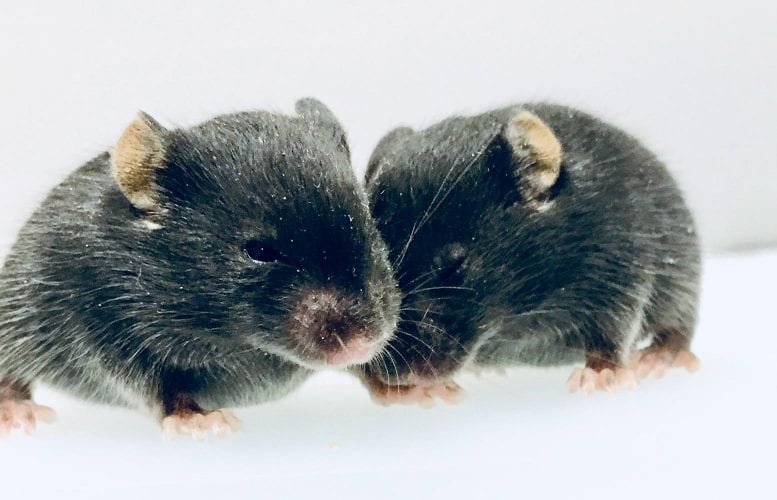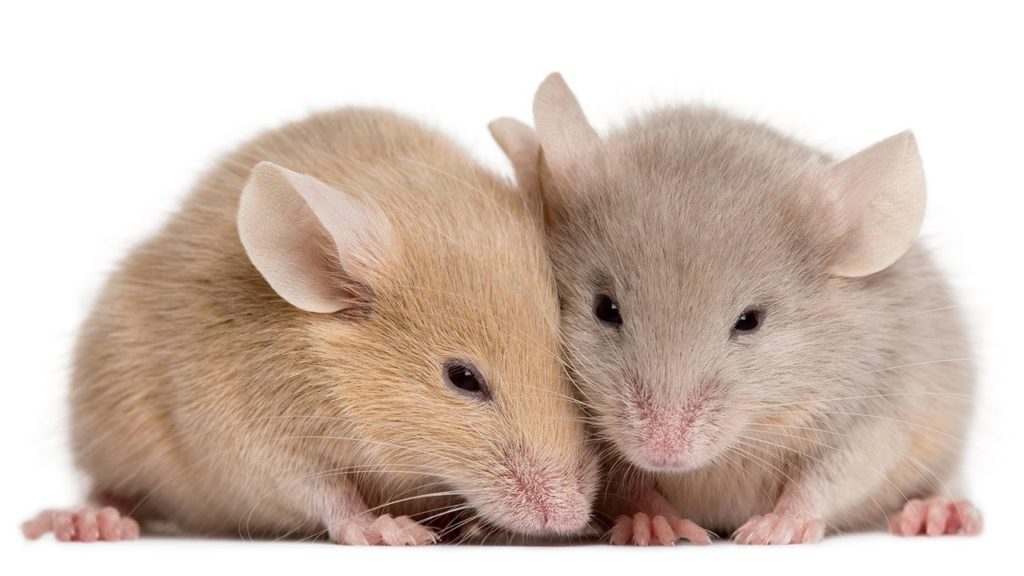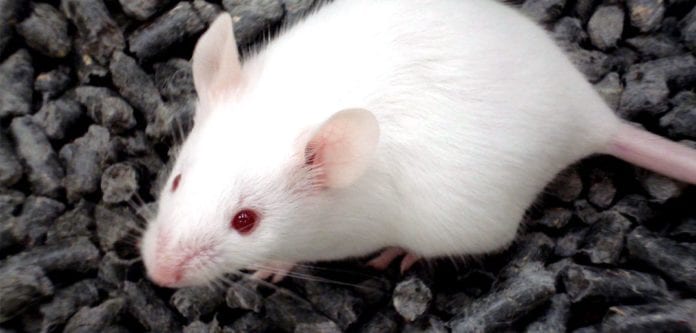An MIT study has identified a brain circuit in mice that makes them maintain a distance from someone who appears to be sick. Researchers from MIT’s Picower Institute for Learning and Memory in their study observed that when male mice came across a female mouse who appeared to be ill, they interacted very little with them and unlike they normally would, didn’t attempt to mate with them.
The researchers found that this instinct is controlled by a circuit in the amygdala, that identifies odour from ill animals and makes the animal stay away. The study, published in Nature is the first study of the lab that reveals how the behaviour of healthy individuals changes with those who are ill.

Gloria Choi, an associate professor of brain and cognitive sciences at MIT and a member of the Picower Institute says, “As a community, it’s very important for animals to be able to socially distance themselves from sick individuals. Especially in species like mice, where mating is instinctively driven, it’s imperative to be able to have a mechanism that can shut it down when the risk is high.”
Mice and physical distancing
Choi explains that certain behaviours like mating and fighting are very natural for mice and other animals, that they automatically engage in these in the presence of certain stimuli. Now, there is evidence that this is not the case in all circumstances. She says, “We wanted to see whether there’s a brain mechanism that would be engaged when an animal encounters a sick member of the same species that would modulate these innate, automatic social behaviours.”
Previous studies have revealed that mice can differentiate between healthy and sick animals using odour. The new study aimed to find out whether they change their behaviour if they come across sick animals.
For this, the researchers put the males of the species with either a healthy female or a female injected with a bacterial component called LPS. LPS leads to mild inflammation when administered at a low dose. They observed that males did not interact much with the females and didn’t try to mate with them.
The vomeronasal organ processes pheromones and feeds into COApm, which is a part of the amygdala. The researchers found that this region gets activated under the presence of LPS-injected animals.

Further experiments showed that this activity in the COApm is necessary to suppress the mating behaviour in males in the presence of ill females. It was found that when the activity in COApm was turned off, males would attempt to mate with sick females as well. But when the COApm was artificially stimulated, the mating behaviour was suppressed even in the presence of healthy females.
The research also shed light on the fact that COApm communicates with the medial amygdala, which is another part of the amygdala. This communication is facilitated by a hormone known as thyrotropin-releasing hormone (TRH) and it is important in suppressing the mating behaviour.
According to Choi, the link to TRH is intriguing since thyroid dysfunction is linked to depression and social withdrawal in humans. She wants to explore whether it is possible that internal factors like mental state can bring a change in TRH levels in the COApm circuit and hence change social behaviour. She says, “This is something we are trying to probe in the future: whether there’s a link between thyroid dysfunction and modulation of this amygdala circuit that controls social behaviour.”
Further Reading:


